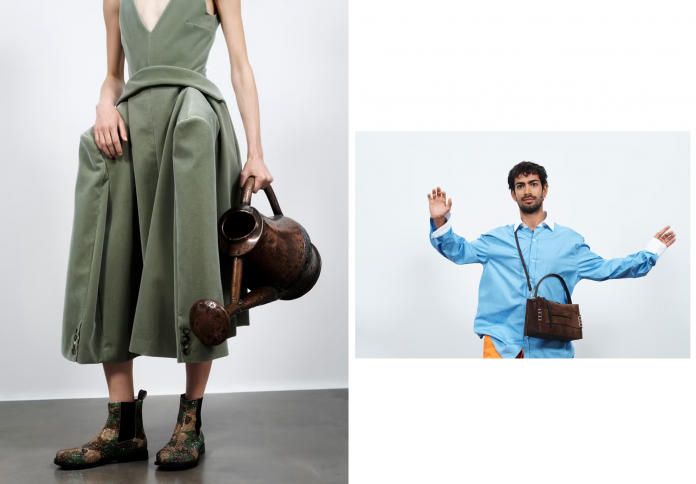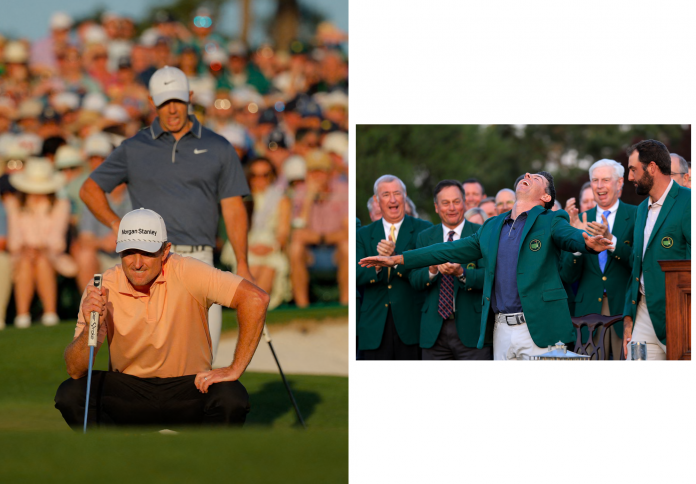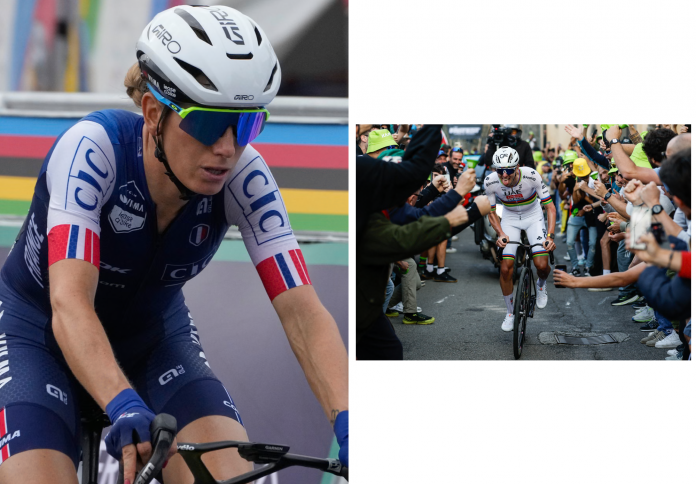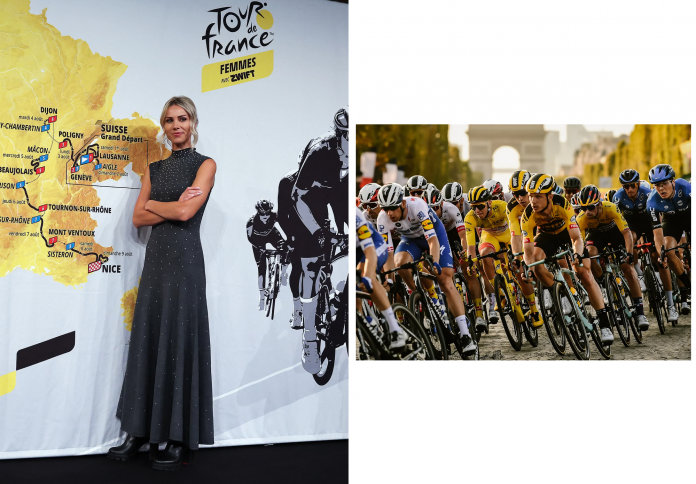Can a fashion brand become more than clothes? JW Anderson’s newly unveiled strategy suggests it can. With Jonathan Anderson stepping into his role at Dior, his namesake brand is evolving into a full-fledged lifestyle label. Its new offering ranges from collectible furniture and ceramics to honey and tea—all signaling a fresh narrative for luxury in 2025.
Redefining brand identity
Jonathan Anderson’s departure to Dior sparked questions about his own brand’s direction. Now, with the launch of the Resort 2026 collection, JW Anderson asserts itself as a reborn entity. Featuring friends of the brand—from filmmaker Luca Guadagnino and musician Oliver Sim to actor Joe Alwyn—the lookbook exudes a cultivated intimacy and community. These faces aren’t coincidences; they reflect Anderson’s vision of a brand rooted in personal connection and creative kinship.
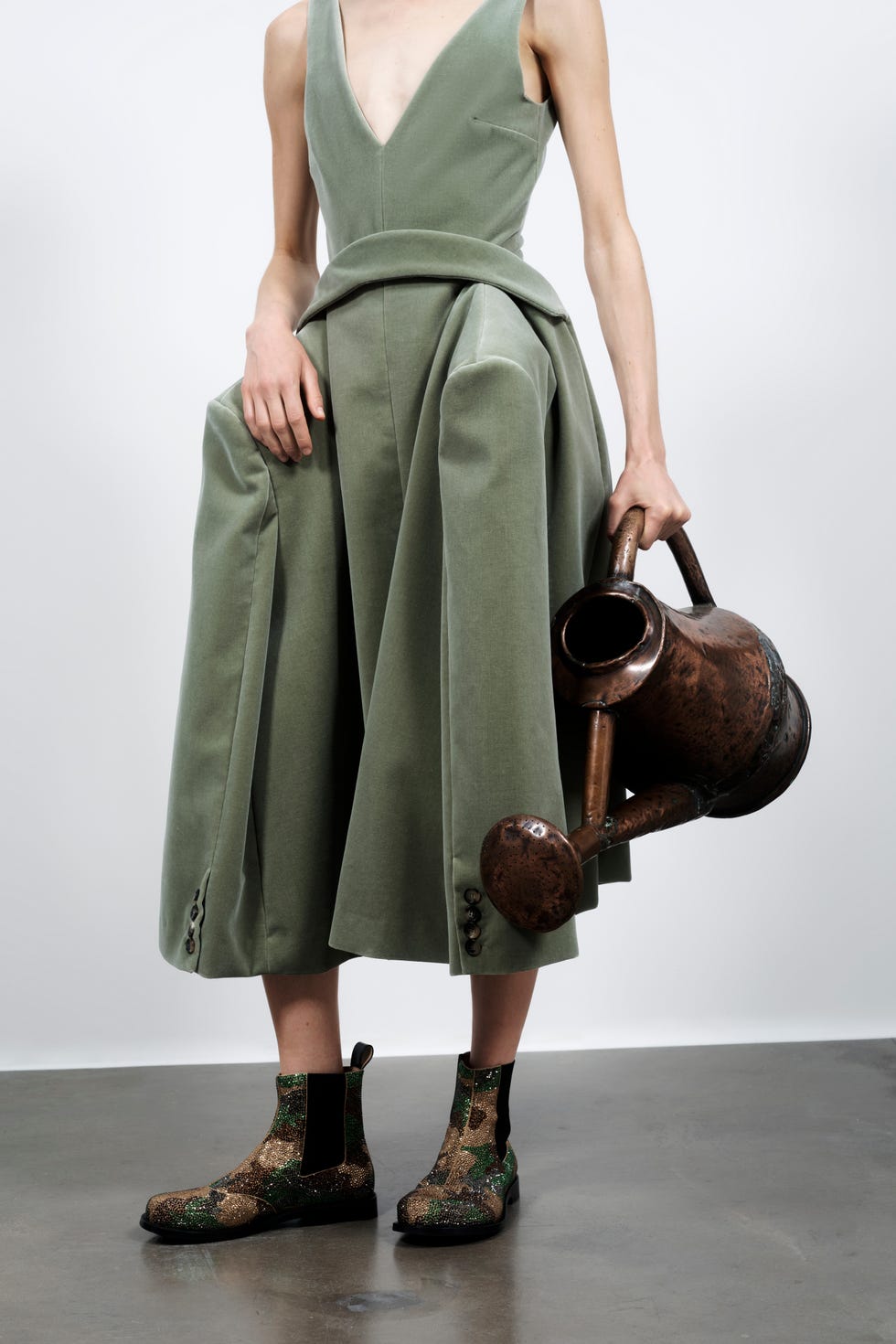
The collection’s styling echoes that ethos. Alongside patterned silk shorts, suede flats, and the signature Loafer bag, images show the brand’s newfound spheres: antique gardening tools, Murano glassware, even vintage Hope Spring chairs. This signals that JW Anderson is not simply diversifying—it’s curating, collecting, and celebrating life’s quiet luxuries.
Expanding into home and object design
The most radical shift comes from JW Anderson’s newly revealed lifestyle collection. Gone are the strict boundaries of runway fashion. In their place: honey from British stately homes, coffee-infused teas originating from London tastemakers, ceramic mugs reminiscent of mid-century craftsmanship, and furniture pieces that feel like gallery finds. Each object joins the label’s expanding identity, bridging the gap between desire and utility.
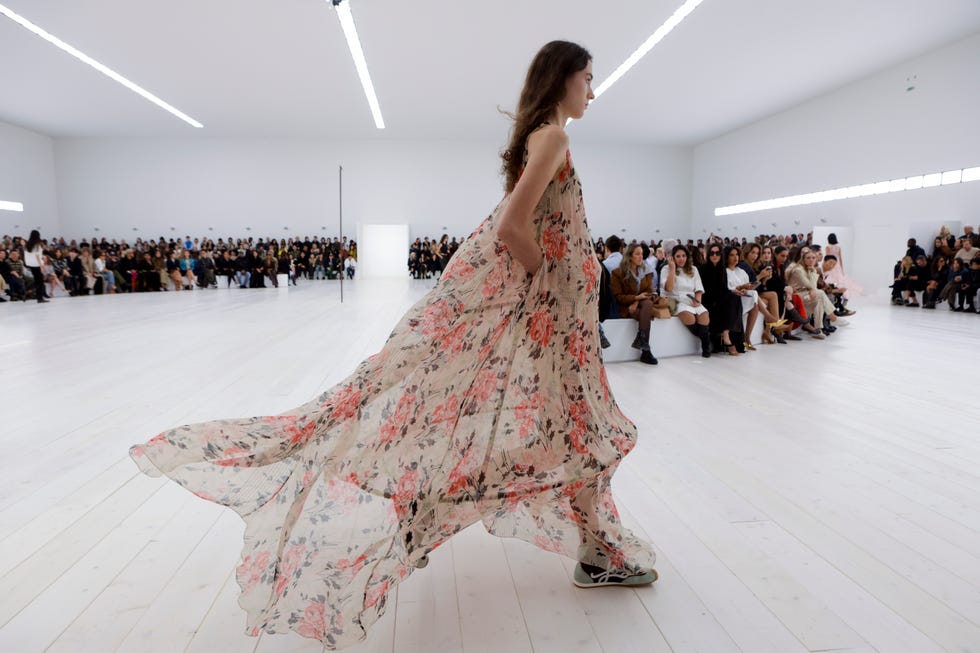
This move echoes market trends. Luxury is evolving beyond clothing. With rising interest in heirloom-worthy items—even as apparel growth slows—high-end brands are embracing homeware, art, and food as new pillars. Anderson’s entries into these sectors position JW Anderson as a thoughtful curator—one who offers more than wearable design; he offers an aesthetic ecosystem.
Loss of Colette’s spirit, reborn
In launching this lifestyle pivot, Anderson channels the spirit of Colette—the iconic Parisian concept store once famed for its eclectic and dialogic mix of fashion, art, and design. JW Anderson’s new retail vision reflects this hybrid: boutiques conceived as galleries, storefronts where a €45 teacup sits beside a €3,700 designer chair. It challenges traditional price hierarchies while celebrating taste as narrative.
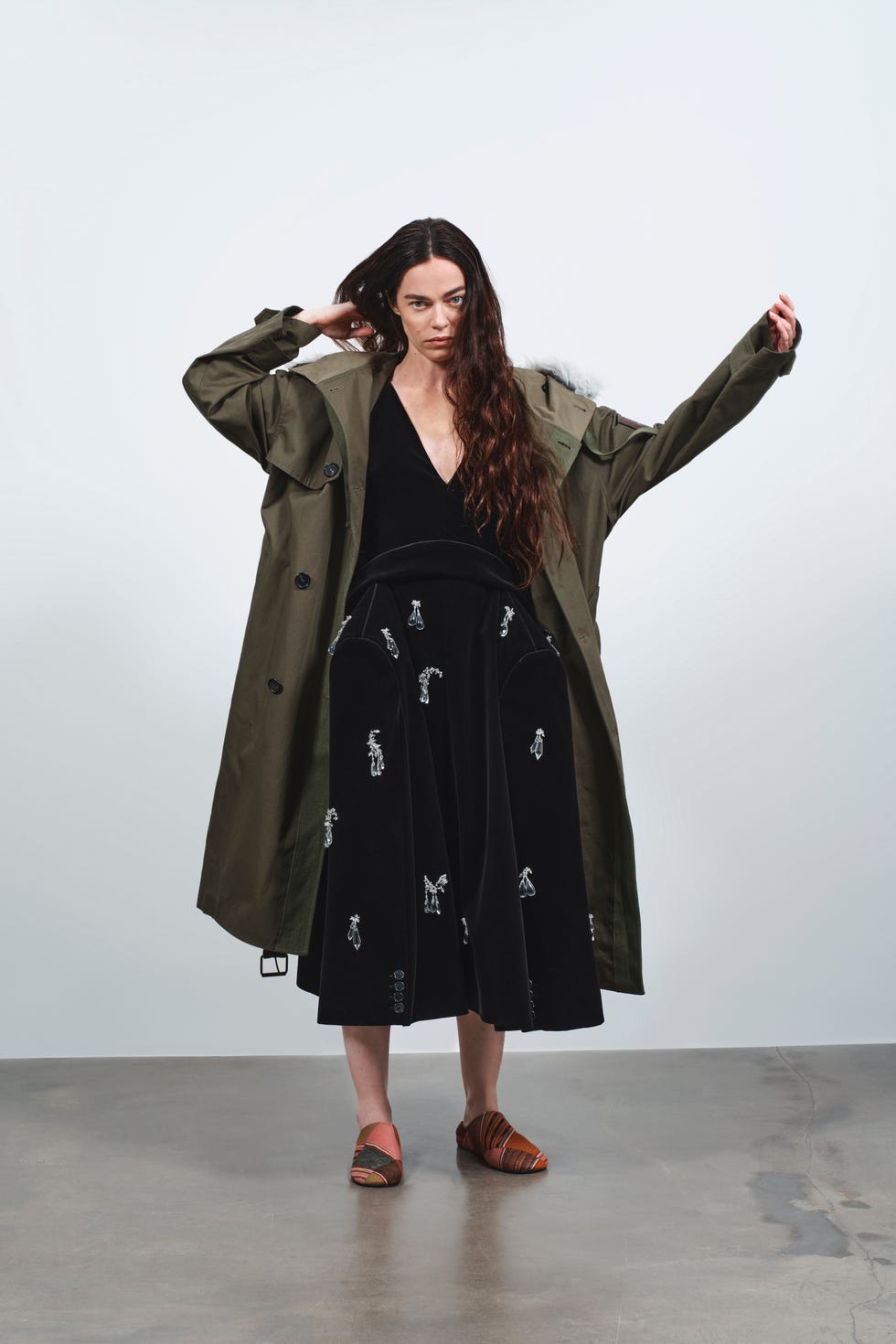
Stores in London’s Soho and Milan are already being reimagined through that lens: each a personal head-space as much as a shop. By emulating Colette’s playful curation, JW Anderson stakes a claim on a future where customer loyalty is earned not just through clothing, but through storytelling, serendipity, and discovery.
Storytelling as competitive edge
In an age of algorithm fatigue and disposable trends, JW Anderson is betting on storytelling. Every product must “have a story to tell,” from the reissued handmade pig mug to scissor sets born from artisanal collaboration. The teacup isn’t just a vessel—it’s a childhood memory revived. The honey isn’t just sweet—it’s local to British heritage.
This storytelling transforms products into meaningful objects. Here lies the strategy—for a discerning customer base that prizes authenticity, provenance, and personality over novelty. JW Anderson’s turn toward careful curation signals an understanding that, increasingly, luxury is defined by connection, not by surface shine.
The future of fashion is lifestyle
JW Anderson’s reinvention isn’t a distraction—it’s a statement. It’s a claim that fashion need no longer be seasonal or spectacle-driven. Instead, it can become habitat, hobby, and home. Anderson’s pivot from apparel into lifestyle anticipates a broader shift: luxury brands as storytellers, retailers as theatres, and every product as part of a larger aesthetic narrative.
In launching honey jars alongside Loafer bags, JW Anderson stakes a vision for 21st-century luxury—one where design feels lived-in, thoughtful, and intimately personal. In doing so, he reminds us: fashion is one piece of life’s mosaic. And now, he’s offering more than style. He’s offering a way of living.
